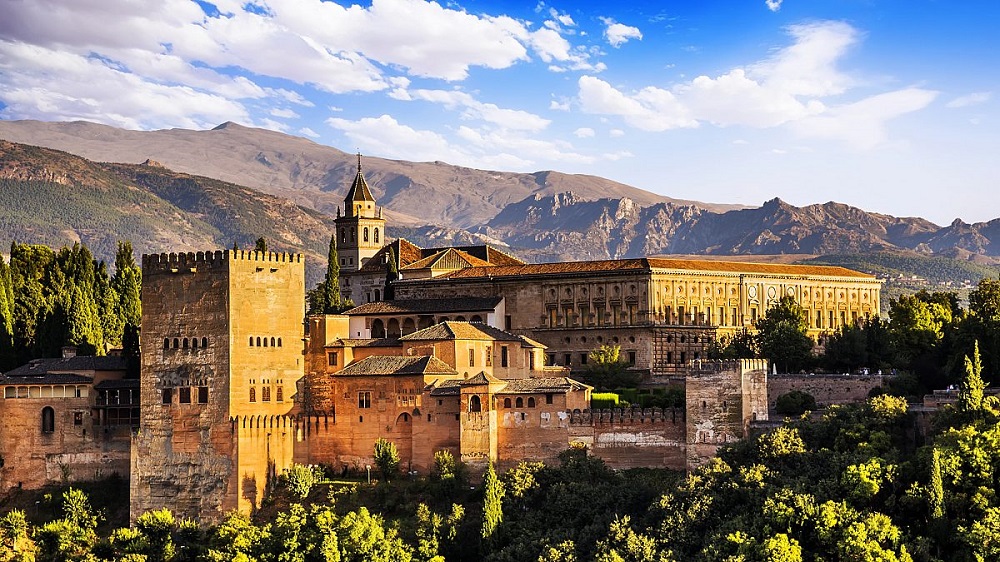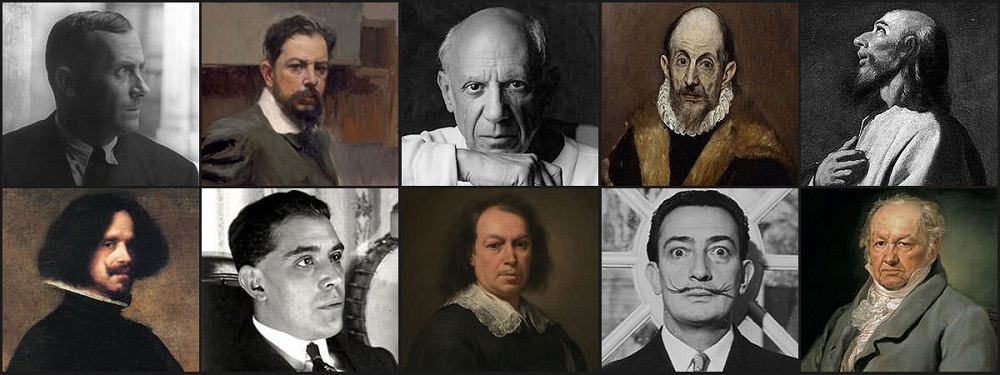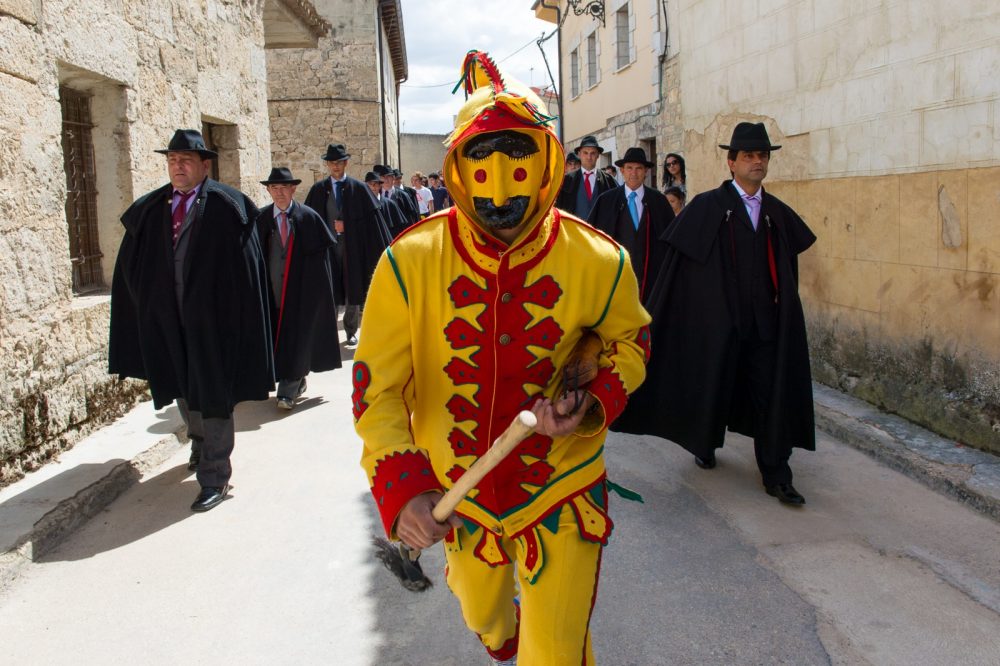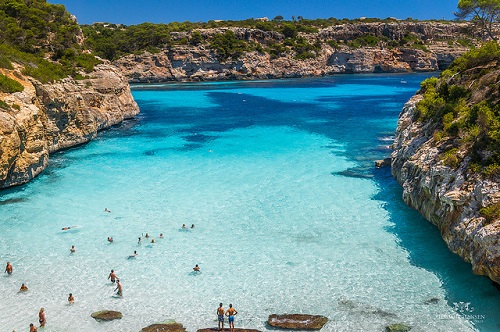Granada is a capital of the province of the same name, is in south-eastern Spain and the autonomous region of Andalusia. Besides, the city is packed with attractions and monuments to discover – from the great Alhambra fortress and El Albayzín to amazing sacromonte neighbourhood, Granada Cathedral, the Royal Chapel and joyful annual fiesta the San Cecilio festival.
1- The Alhambra:
 via – viator
via – viator
The Alhambra located in Granada and the most visited monument in Spain also, it considered a UNESCO World Heritage site. Besides, it built in the 13th century by Moorish rulers to serve as their residence. Also, the name Alhambra comes from the Arabic meaning ‘Red One’, a reference to the iconic red brick which embellishes its walls and it is magnificent to see. The huge palace includes different parts: first, the Nasrid Palaces. Second, the Gardens at Generalife used to be the sultans’ summer residence you can walk around and enjoy the sumptuous flower gardens with their basins and fountains. Last, the Alcazaba is the oldest part of the Alhambra and was used for military purposes and at this site, there is the famous “Vela” Tower a watchtower from where you can view some beautiful views of the city, the “Vega” and “Sierra Nevada”.
2- El Albayzín:
 via – turgranada
via – turgranada
No visit to Granada would be complete without a visit to its oldest neighbourhood El Albayzín. The city came down from Saint Nicholas to the banks of the River Darro and is especially famous for its significant views overlooking the Alhambra palace. Besides, the area has kept its historic charm and is the ideal place to explore Moorish architecture because it maintains the layout of Medieval Moorish narrow streets with its tidy narrow lanes and well-kept traditional houses.
While visiting El Albayzín you can visit these three fascinating places:
The Church of San Nicolas is well worth the steep walk through El Albayzín to reach the most stunning view of the Alhambra. Set against the ravishing mountain range of Sierra Nevada, the Alhambra palace settles on the top of a hillock with the magnificent glory of its Moorish architecture.
Carrera Del Darro is one of the oldest streets in El Albayzín, which runs along the attractive river Darro. Characterized by the antiquated charm of Moorish architecture, also the street is known for its performances, vendors, restaurants and scenic views of the Alhambra from below.
Church of San Salvador has a very attractive architectural style that reflects the blend of strict classicism with Moorish elements. Also is known for its remarkable horseshoe arches, the Arab-style roofs, and the historic traditional water tank. This is a perfect place to observe the effects of history on architecture.
El Albayzín is one of the most interesting parts of Granada to explore. Each turn you take will provide a new view of Alhambra and another beautiful setting.
3- Sacromonte:
 via – granadaporelmundo
via – granadaporelmundo
While visiting El Albayzín is worth taking a few hours to walk through the nearby quarter of Sacromonte, which is Granada’s most distinctive attractions. Besides, The Sacromonte district is located on the Valparaiso hill of Granada and borders the north-east side of the Arab El Albayzín district.
The Sacromonte district is famous for its caves that have been reorganized into public places for flamenco dance shows. The views from the top are extraordinary, with sweeping views across neighbouring El Albayzín and Granada.
4- The San Cecilio festival:
 via – turgranada
via – turgranada
Granada offers the best festivals around the year, particularly San Cecilio festival is the most important day on the calendar, held on the first February.
San Cecilio is the Patron Saint of Granada. Traditionally, on this day there is a pilgrimage that goes up to the Sacromonte to the catacombs of the saint. During this ceremony, if the girls want to get married should touch the white stone or touch the other side of the stone if they don’t want. After the lively and colourful “La Reja” performance dance had ended there was a quick break and the more dark and emotional Flamenco style songs were played. Also, the festival would continue well into the night and in traditional Spanish style for about a week more.
5- Cathedral of the Incarnation:
 via – somaimages
via – somaimages
Granada Cathedral or Cathedral of the Incarnation its first stone was set in place in 1523 on the site of the ancient mosque. This cathedral is a triumph of Spanish Renaissance style. The latter, considered as the fourth largest cathedral in the world. It has fascinating facades and a stunning interior with a grand altar and several chapels.
The cathedral is a mix of different designs because of the numerous architects worked on it during its 180 years of construction. Such as Enrique Egas architect was, master of the Old Gothic School and the Spanish artist trained in Italy called Diego of Siloam; His first decision was to change the Gothic style of Granada Cathedral to the Renaissance style.
6- The Royal Chapel:
 via – bradleywdick
via – bradleywdick
The Royal Chapel of Granada is the burial place of the Spanish monarchs, Queen Isabella and King Ferdinand. Besides, it built between 1505 and 1517 and originally integrated with the complex of the neighbouring Granada Cathedral.
This building also contains a gallery of artworks and other items associated with Queen Isabella. It has four side chapels, creating the form of a Latin cross and a nave with a Gothic ribbed vault. The choir has a centred arch down to its base and a crypt.
In the centre of the transept lie the crypts of Isabella and Ferdinand formed by Domenico Fancelli and Joanna and Philip by Bartolomé Ordóñez. The tombs are set high and mark their priority and are almost at the height of the altar symbolizes the closeness of the kings to God.


 Top 10 Most Famous Spanish Artists and their Arts
Top 10 Most Famous Spanish Artists and their Arts
 El Colacho, the Baby Jumping Festival in Murcia Spain
El Colacho, the Baby Jumping Festival in Murcia Spain
 Discover The Most Beautiful Places In Mallorca, Spain
Discover The Most Beautiful Places In Mallorca, Spain